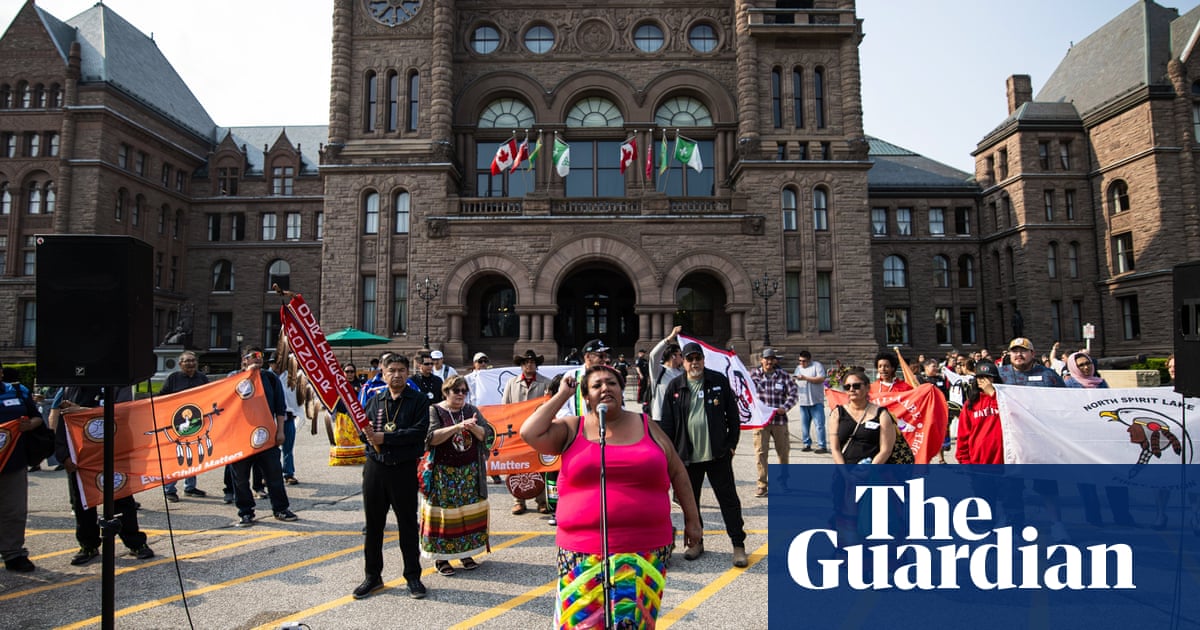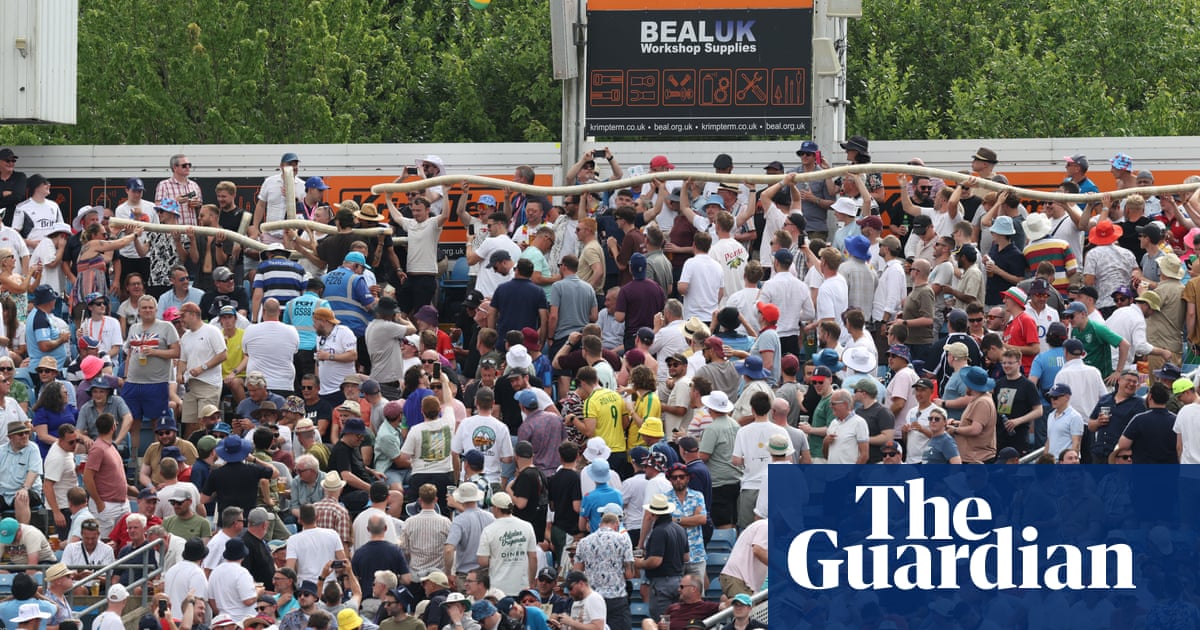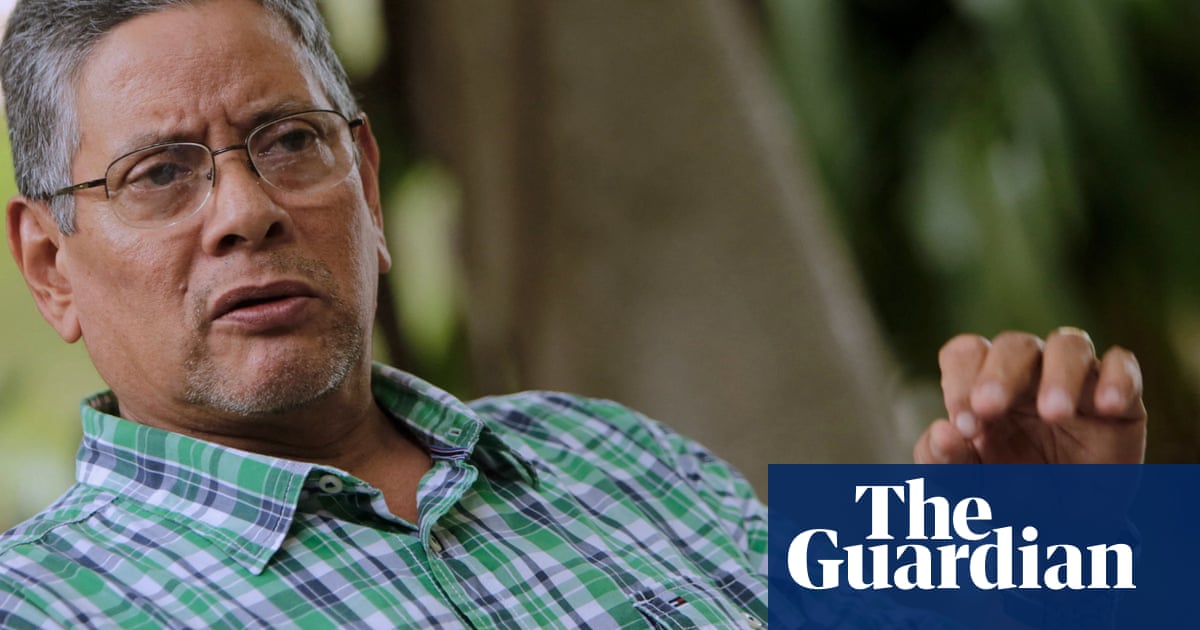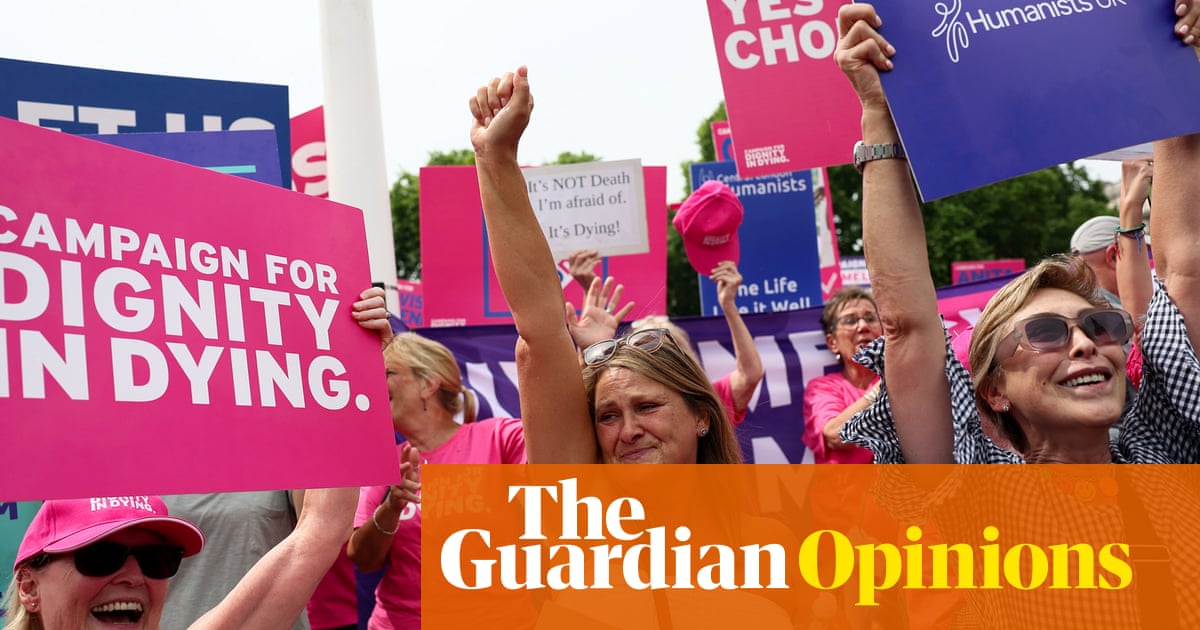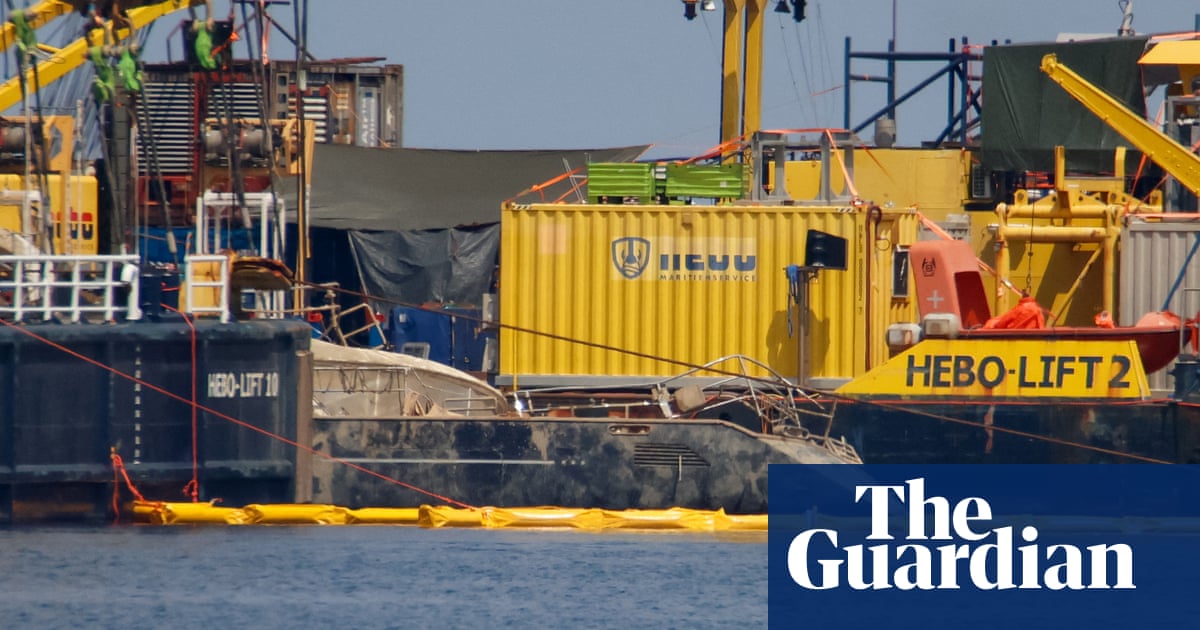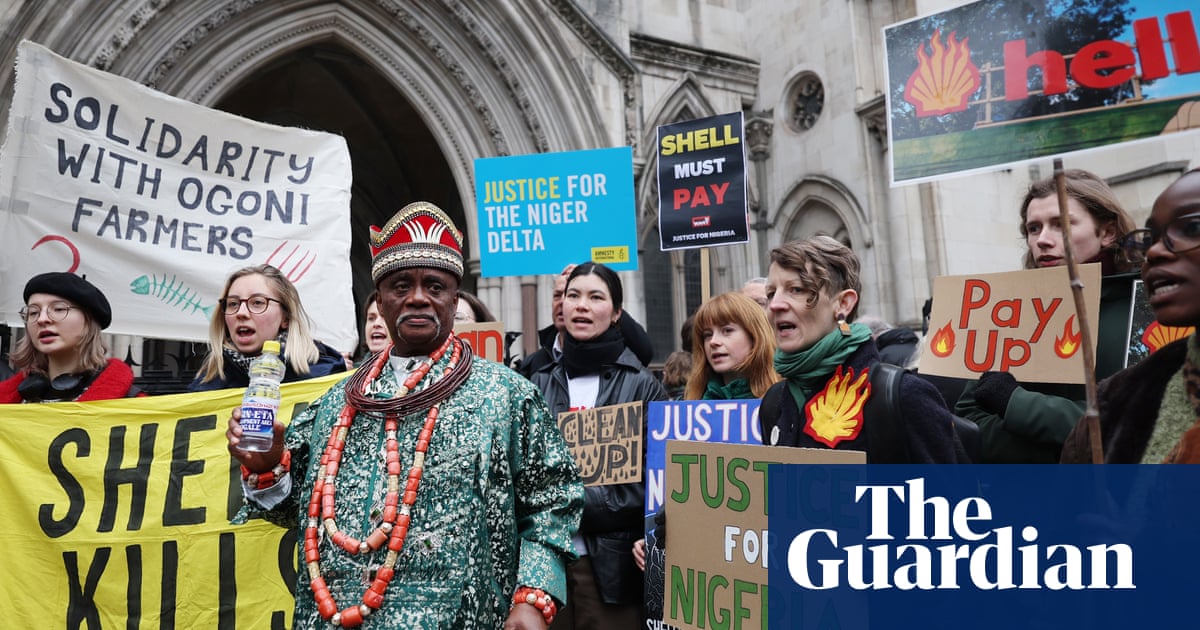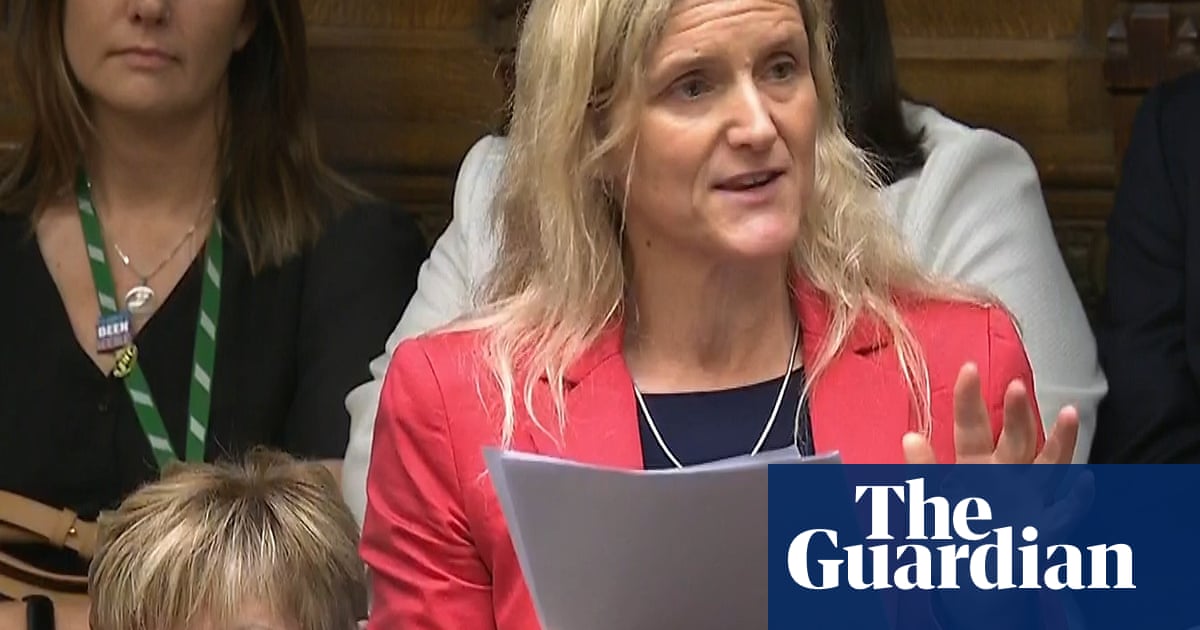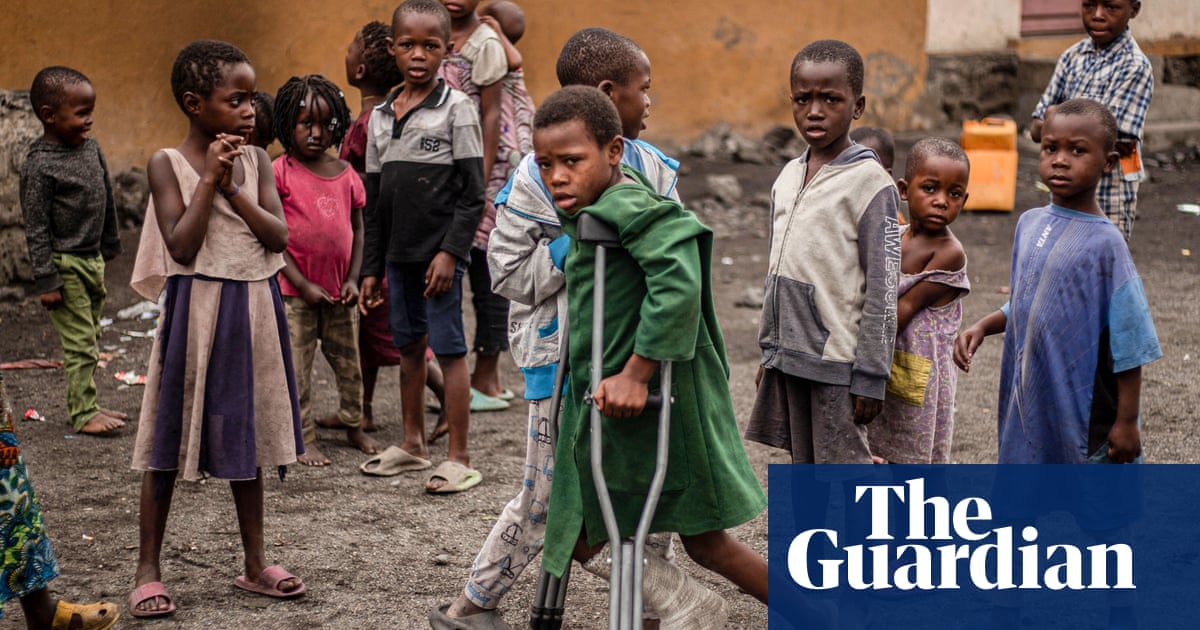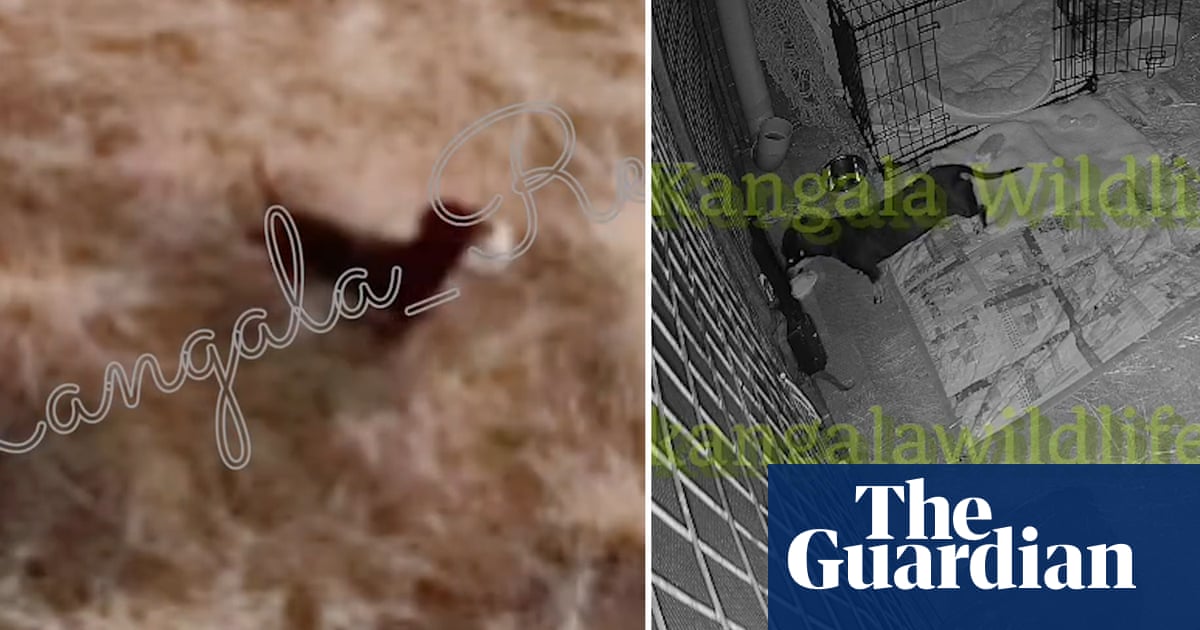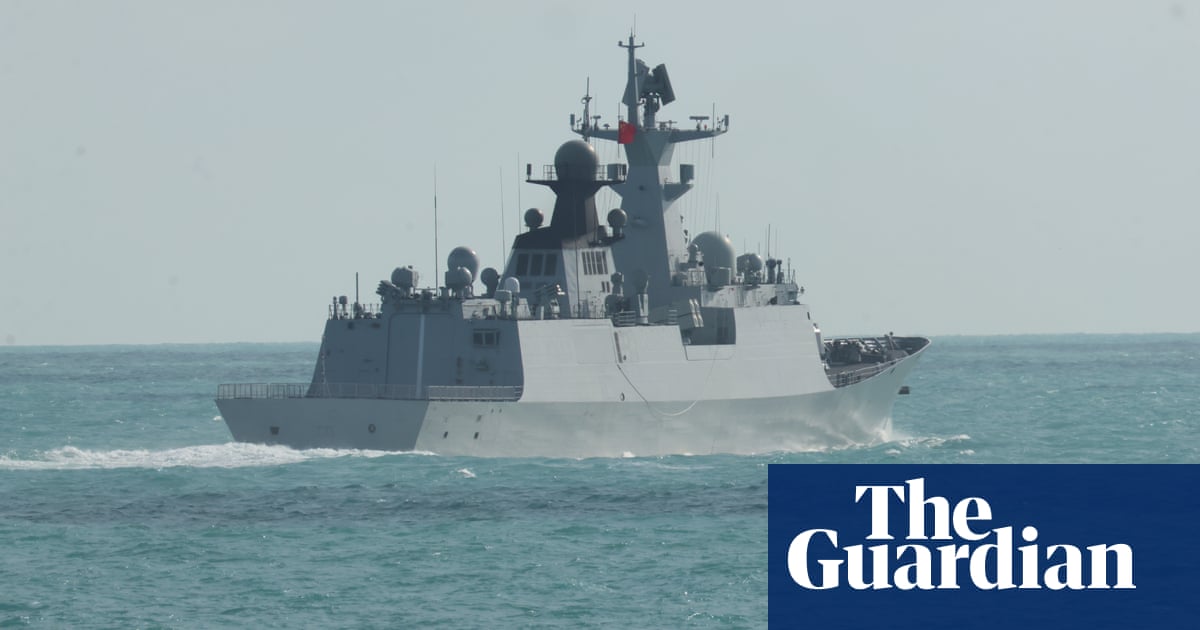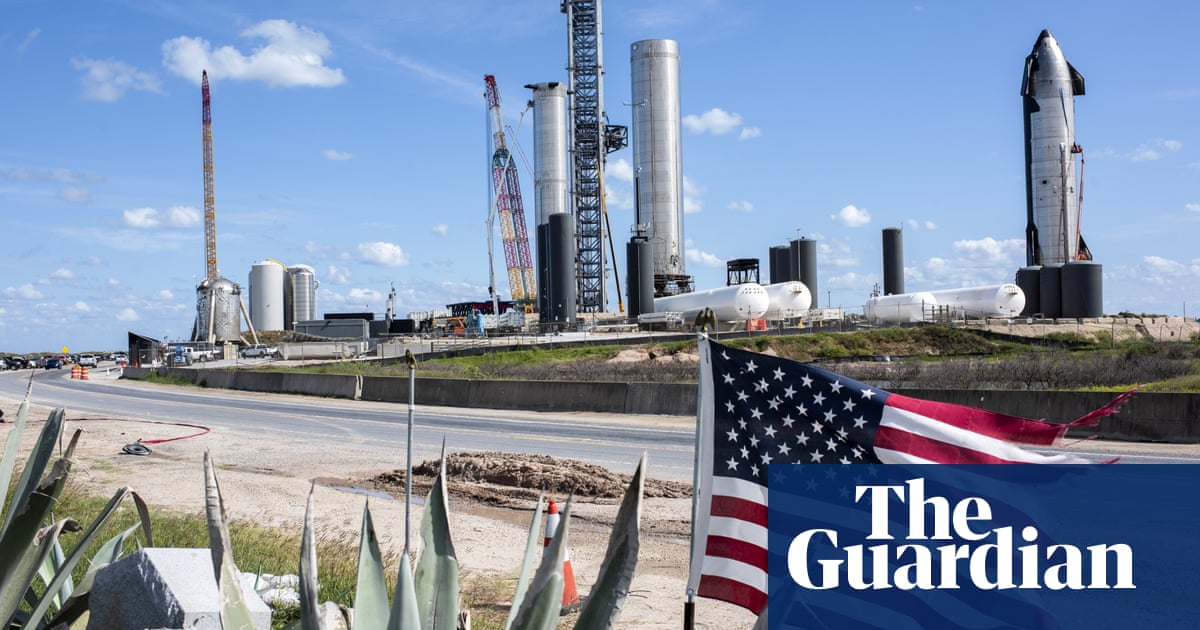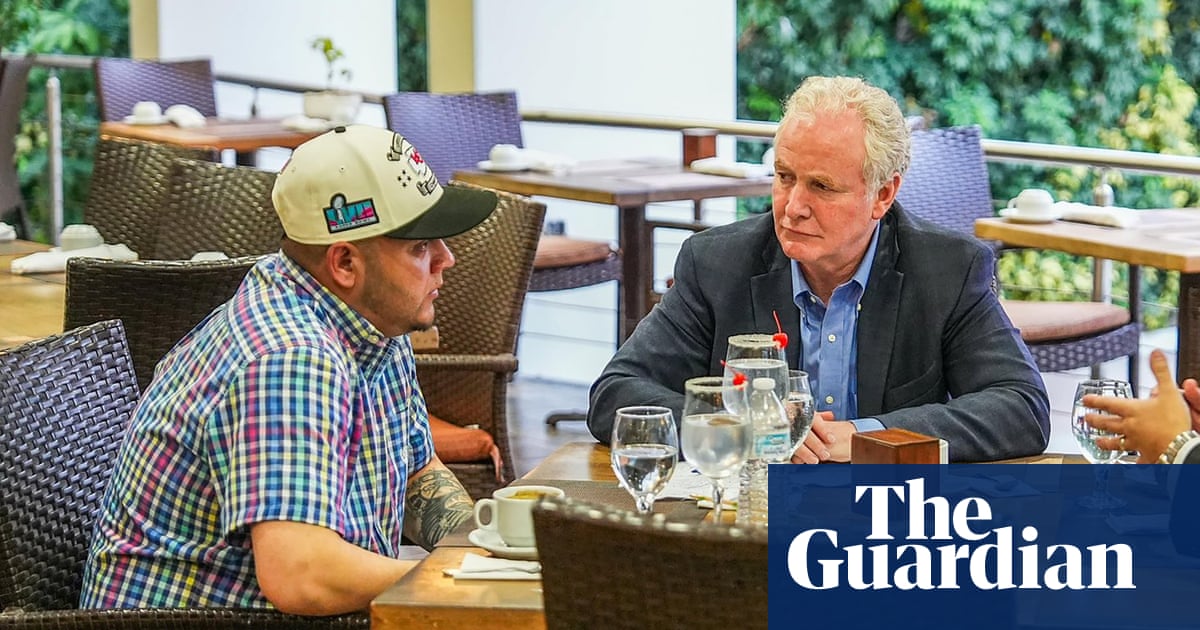Key events Show key events only Please turn on JavaScript to use this feature
Norway backs new 5% Nato defence spending target, prime minister says
Speaking at the press conference, Jonas Gahr Støre declared Norway’s support for the 5% target proposed by Nato’s secretary general Mark Rutte.
In his opening statement, Støre explained the target is divided into 3.5% on “classic defence” spending including staff, investments, preparedness, and support for Ukraine, with the remaining 1.5% on “defence-related expenses” including on operational and industrial measures.
He said that the latter category could cover expenses on protecting and developing critical infrastructure, facing hybrid threats including in digital, and disinformation, among others.
He said the country was currently spending 3.2% on defence, if Ukraine aid is included. The latest Nato estimates for 2024 had Norway spending 2.2%.
The prime minister added that some details on the target, including by when the countries should meet it, remain under active discussions and will be decided next week.
Støre also reiterated his warning that Norway faces “the most serious security policy situation” since the second world war, as he also pointed to new risks arising from the crisis in the Middle East.

Jakub Krupa
Norwegian prime minister Jonas Gahr Støre is about to give a press conference on Norway’s contribution to Nato shortly.
Let’s see if he has anything to say on Spain’s objections, too.
I will bring you the key lines here.
Spain rejects Nato plan for member states to spend 5% of GDP on defence
Sam Jones
Spain’s prime minister, Pedro Sánchez, has rejected Nato’s proposal for member states to increase their defence spending to 5% of their GDP, saying the idea would “not only be unreasonable but also counterproductive”.

Sánchez said that he was not seeking to complicate next week’s Nato summit in The Hague, but he wanted there to be a “more flexible formula” that would either make the target optional or allow Spain to opt out.
The proposal – advanced by the Nato secretary general, Mark Rutte, in response to Donald Trump’s demands for a 5% target – suggests member states agree to raise defence spending to 3.5% of their GDP and commit a further 1.5% to wider security spending.
In a letter to Rutte that emerged on Thursday, Sánchez questioned the possible consequences of such a rise, saying it would be incompatible with Spain’s welfare state and its vision of the world.
“Committing to a 5% target would not only be unreasonable but also counterproductive because it would move Spain further away from optimal spending and would hinder the EU’s ongoing efforts to strengthen its security and defence ecosystem,” he said.
“It is the legitimate right of every government to decide whether or not they are willing to make those sacrifices. As a sovereign ally, we choose not to.”
Spain currently lags well behind other western nations by dedicating only about 1.3% of its GDP to defence spending, well short of the current Nato target of 2%. It has suggested a target of 2.1%.
Morning opening: Russian attacks on Ukraine continue

Jakub Krupa
One person was killed and at least 14 were injured when Russian drones attacked the Ukrainian Black Sea city of Odesa overnight, damaging high-rise buildings and railway infrastructure, Reuters reported local authorities as saying.
Odesa is Ukraine’s largest Black Sea port, key for imports and exports, and has been under constant missile and drone attacks by Russia since the war began, the agency noted.
“Despite the active work of air defence forces, there is damage to civilian infrastructure, including residential buildings, a higher education institution, a gas pipeline and private cars,” local governor Oleh Kiper said on Telegram messenger.
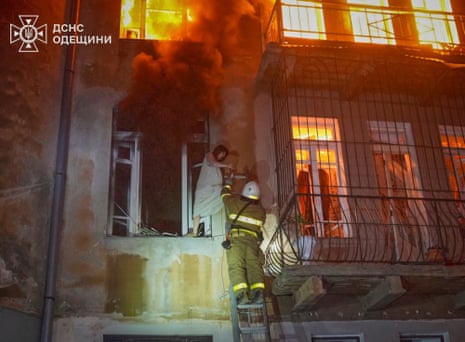
The latest attack comes 101 days after Ukraine accepted the US proposal for an unconditional ceasefire, but Russia continues to dither, delay and destroy and refuses to commit to the process.
It also comes just days before the Nato summit in The Hague next week, where Ukraine is expected to feature prominently on the agenda with the country’s president, Volodymyr Zelenskyy, among those attending.
Elsewhere, we will be looking at reactions to Spain’s criticism of the alliance’s new 5% spending target and other key developments across the continent, including French president Emmanuel Macron’s speech at the Paris Air Show.
It’s Friday, 20 June 2025, it’s Jakub Krupa here, and this is Europe Live.
Good morning.

 9 hours ago
6
9 hours ago
6
